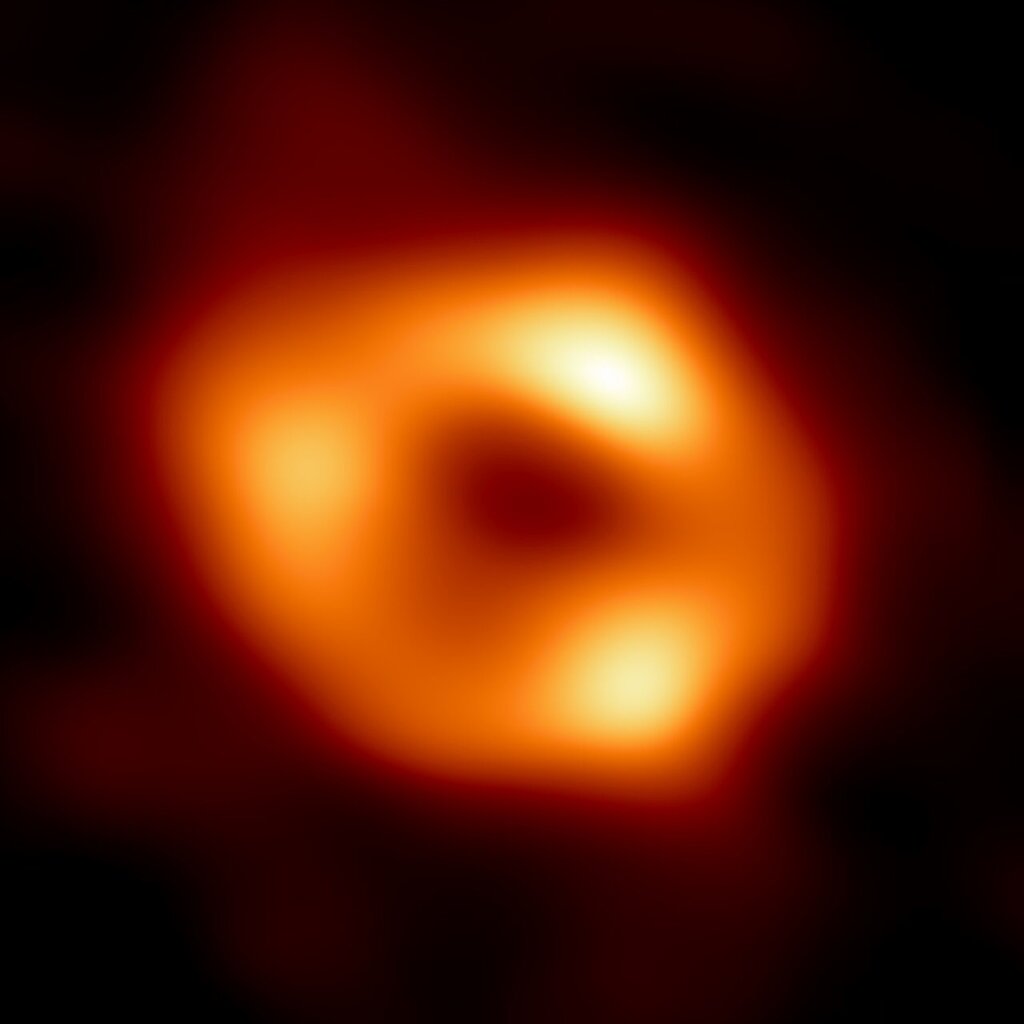
The supermassive black hole lurking at the center of our Milky Way galaxy is not as dormant as previously believed, according to a groundbreaking study published in the renowned journal Nature on Wednesday.
New findings reveal that this slumbering giant had actually awakened around 200 years ago, devouring nearby cosmic objects before returning to its dormant state.
Using NASA’s IXPE space observatory, researchers detected an X-ray echo from the sudden burst of activity at Sagittarius A* (abbreviated as Sgr A*), the supermassive black hole that is four million times more massive than the Sun. This celestial behemoth is located 27,000 light years away, at the heart of the Milky Way’s spiral.
Last year, astronomers successfully captured the first-ever image of the black hole, specifically the glowing ring of gas surrounding its vast darkness.
Frederic Marin, the study’s lead author and a researcher at France’s Strasbourg Astronomical Observatory, stated that Sgr A* had always been considered a dormant black hole. It was commonly thought that most supermassive black holes became dormant after consuming all the nearby matter, similar to a bear going into hibernation after devouring its surroundings.
However, the international team of researchers unearthed evidence indicating that Sgr A* emerged from its dormancy in the late 19th century, actively feeding on any gas and dust within its reach. This feeding frenzy persisted for several months to a year before the black hole returned to its dormant state.
A Million Times Brighter
During its active phase, the black hole was “at least a million times brighter than it is today,” Marin stated.
This remarkable event caught astronomers’ attention when nearby galactic molecular clouds emitted significantly more X-ray light, likened to “a single glow-worm hidden in a forest suddenly becoming as bright as the Sun,” as described by the French research agency CNRS in a statement.
Scientists utilizing NASA’s IXPE space observatory were able to trace the surge in X-ray light back to Sgr A*.
Marin explained that the black hole “emitted an echo of its past activity, which we managed to observe for the first time.”
Due to the immense gravitational pull of black holes, nothing, including light, can escape once it crosses the event horizon—the black hole’s point of no return. However, when matter is pulled beyond this boundary, it releases an enormous amount of heat and light before disappearing into darkness.
The cause for Sgr A*’s temporary awakening and subsequent return to dormancy remains unclear. Could a star or a cloud of gas and dust have ventured too close?
Astronomers eagerly anticipate further observations from the IXPE observatory, hoping to deepen our understanding of this extraordinary event and potentially unveil more secrets about the origins of supermassive black holes, which still remain a mystery.
More information:
Frédéric Marin et al, X-ray polarization evidence for a 200 years-old flare of Sgr A*, Nature (2023). DOI: 10.1038/s41586-023-06064-x. www.nature.com/articles/s41586-023-06064-x. On arXiv: arxiv.org/abs/2304.06967
© 2023 AFP
Citation:
Our galaxy’s black hole not as sleepy as thought: astronomers (2023, June 24)
retrieved 24 June 2023
from https://phys.org/news/2023-06-galaxy-black-hole-sleepy-thought.html
This document is subject to copyright. Apart from any fair dealing for the purpose of private study or research, no
part may be reproduced without the written permission. The content is provided for information purposes only.
Denial of responsibility! SamacharCentrl is an automatic aggregator of Global media. In each content, the hyperlink to the primary source is specified. All trademarks belong to their rightful owners, and all materials to their authors. For any complaint, please reach us at – [email protected]. We will take necessary action within 24 hours.

Shambhu Kumar is a science communicator, making complex scientific topics accessible to all. His articles explore breakthroughs in various scientific disciplines, from space exploration to cutting-edge research.

